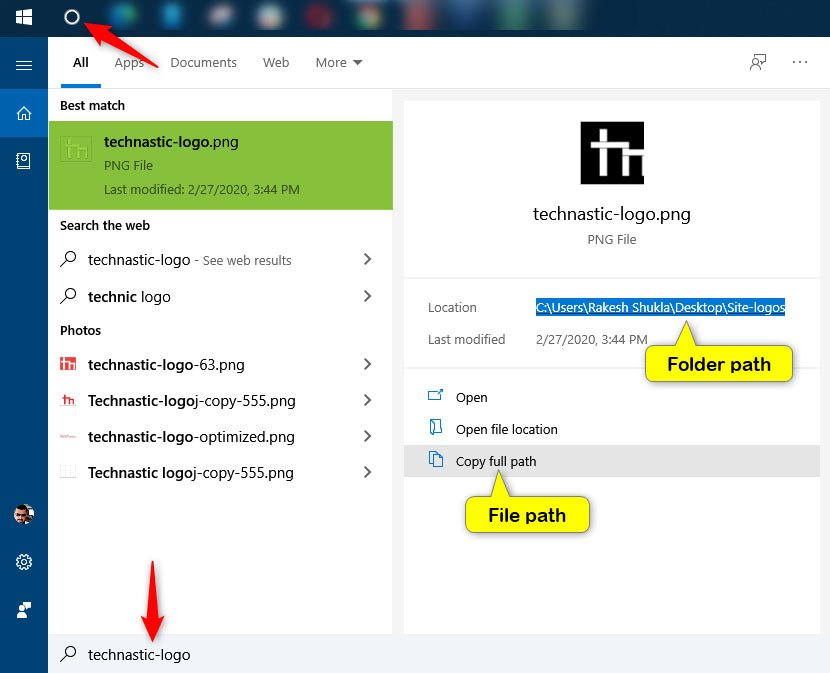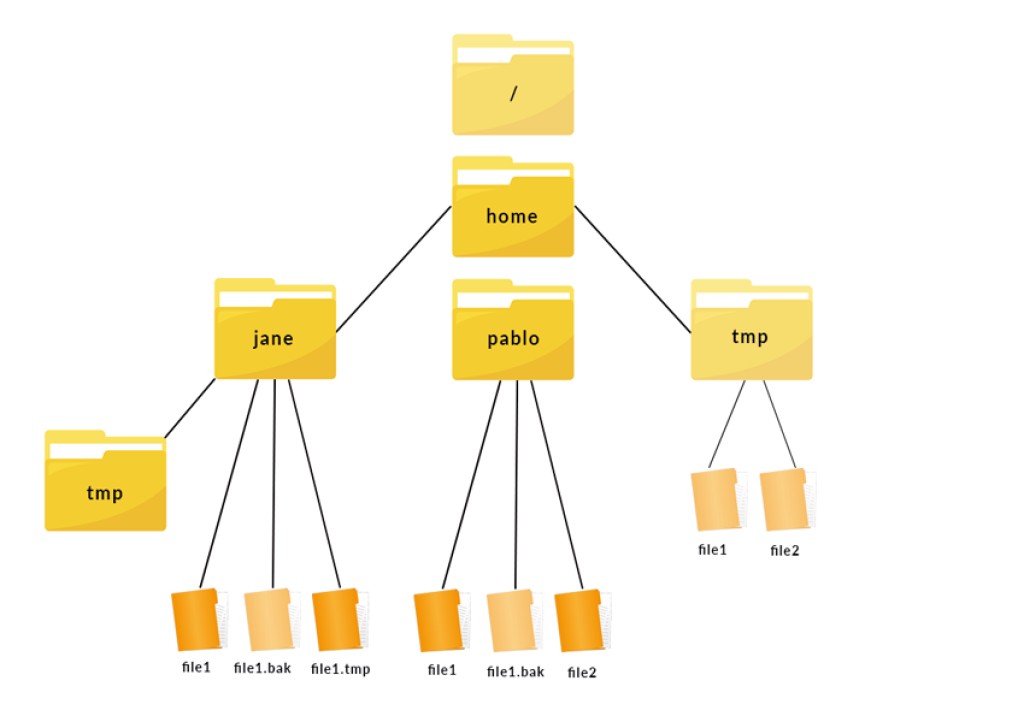

Relative paths make use of two special symbols, a dot (.) and a double-dot (.), which translate into the current directory and the parent directory. Relative pathĪ relative path refers to a location that is relative to a current directory. ThePath = r"E:\data\telluride\newdata.gdb\slopes"Ībsolute and relative paths Absolute, or full, pathĪn absolute, or full, path begins with a drive letter followed by a colon, such as D. A common technique is to escape the backslash, as follows: Since paths can contain backslashes, you need to prevent backslashes from being used as the escape character. For example, \n signifies a carriage return. Programming languages that have their roots in UNIX and the C programming language, such as Python, treat the backslash ( \) as the escape character. Throughout ArcGIS, it doesn't matter whether you use a forward or backward slash in your path-ArcGIS will always translate forward and backward slashes to the appropriate operating system convention.
BASEELEMENTS FILEPATH WINDOWS
The Windows convention is to use a backward slash ( \) as the separator in a path. Location is a catchall term for path, as in "Browse to the location of your data" or "Enter the location of your data." Forward versus backward slashes Workspace and base nameĬatalog paths consist of two parts: the workspace and the base name, as illustrated below: Location Of course, everything in ArcGIS can operate with catalog paths. This is not a valid system path as far as the Windows operating system is concerned, since Windows doesn't recognize feature datasets or feature classes within a file geodatabase. Refers to the powerlines feature class found in the EastValley feature dataset in the file geodatabase Infrastructure.

D:\Data\Final\Infrastructure.gdb\EastValley\powerlines


 0 kommentar(er)
0 kommentar(er)
